Renault Clio - Haynes - NEW
Renault Clio May 1998-May 01Haynes Part No. 3906
NEW, 400 pagesGet other Renault Car Repair Manuals hereHatchback. 1149, 1390 & 1598cc petrol (not 1.2 litre16-valve, 2.0 litre 16-valve or 3.0 litre V6). Renault Clio Petrol & Diesel 1998 - 2001 Haynes Owners Service & Repair Manual covers: Hatchback (plus most features of Van), Including Special/Limited Editions. Petrol Engines Covered:
Diesel Engine Covered:
Does NOT cover 1.2 litre 16 Valve, 2.0 litre 16-valve or 3.0 litre V6 engines. Does NOT cover revised Clio range introduced June 2001. Does NOT cover 1.9 litre turbo-Diesel. Inside this manual you will find: Routine Maintenance, tune-up procedures, engine repair, cooling and heating, air-conditioning, fuel and exhaust, emissions control, ignition, brakes, suspension and steering, electrical systems and wiring diagrams.
|
The Renault Clio is a supermini car produced by the French automobile manufacturer Renault. Originally launched in 1990, it is currently in its third generation. The Clio has seen substantial critical and commercial success, being consistently one of Europe's top-selling cars since its launch,[1] and it is largely credited with restoring Renault's reputation and stature after a difficult second half of the 1980s. Symbol of its success and its longevity, the Clio is the only car to have been elected European Car of the Year twice, in 1991 and in 2006.
The Clio has been sold as the Renault Lutecia in Japan, as Honda owns the right to the name Clio (being one of Honda's sales networks in Japan). A four-door saloon was developed for certain markets where sedans are traditionally preferred over hatchbacks and is sold under names Renault Clio Classic, Renault Clio Symbol, Renault Symbol, Renault Clio Sedan, Renault Clio Tricorps, and Renault Thalia. It is also sold under the Nissan nameplate in some Latin American markets as the Nissan Platina with slight changes in the front of the car to make it resemble the Nissan Altima.
The second generation of the Clio was launched in the spring of 1998 and sold for less than €8,000, with considerably more rounded and bulbous styling than its predecessor. Part of the radical concept of the new Clio were many components made of unusual materials to save in weight and repair costs[citation needed]. For instance, the front wings were made of plastic (Following on from criticisms of corrosion in this part of the previous model and based on technology developed for the Renault Espace) and the material of the bonnet was aluminium in some versions. Originally the engine lineup was similar to before, with 1.2 L, 1.4 L and 1.6 L petrol engines and a 1.9 L diesel. In early 1999, a sportive 16V version equipped with a new 1.6 L 16-valve engine was introduced, and eventually, all the older petrol engines were upgraded to more powerful and more economical 16-valve versions.
In 1998, Renault launched the 169 PS (124 kW) Clio Renault Sport (also known as Clio RS for short, named Clio Renault Sport 172 in the UK and sold for less than €7,500- 172 coming from the DIN method horsepower measurement), with a 2.0 L 16-valve engine and a top speed of 220 km/h (140 mph). But in this form, the car is capable of surprisingly good handling and performance[neutrality is disputed]. The top-of-the-range Clio, however was the mid-engined, rear-wheel drive Clio V6 Renault Sport, originally engineered by Tom Walkinshaw Racing for a one-make racing series, which placed a 230 PS (170 kW) 3.0 L V6 engine, sourced from the Renault Laguna behind the front seats, with a top speed of 235 km/h (146 mph).
A facelift occurred in the spring of 2001 which saw the exterior restyled (most visibly the headlights were made more angular), the interior quality improved and a 1.5 L direct injection Diesel engine added. In 2006 the Phase 2 model was facelifted with a restyled front and rear. The number plate moves from boot to bumper and a better specification on all Campus models introduced. The Clio Renault Sport's power was improved to 179 PS (132 kW) (in the UK, the designation RS 182 was adopted, once more using in reflection of DIN-measured horsepower).

 0 Items (Empty)
0 Items (Empty)

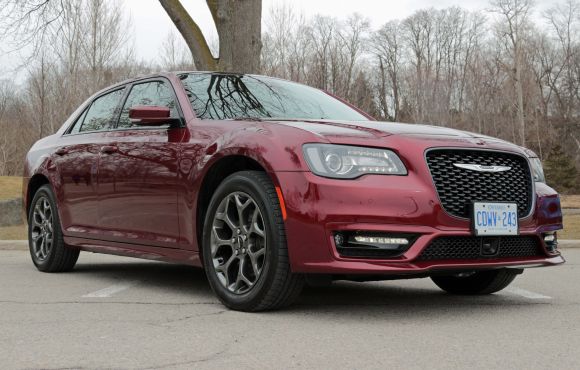
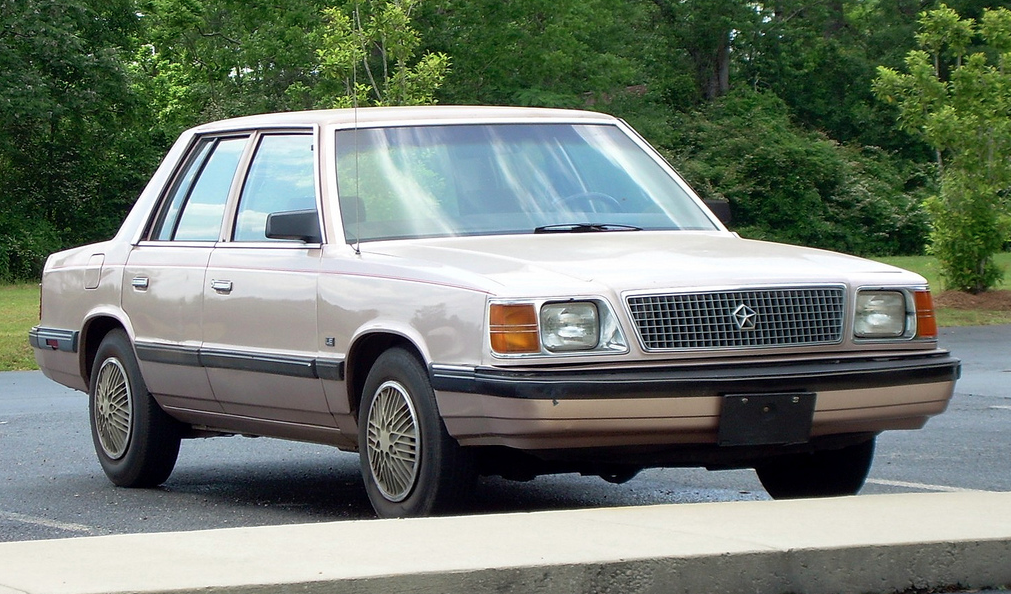
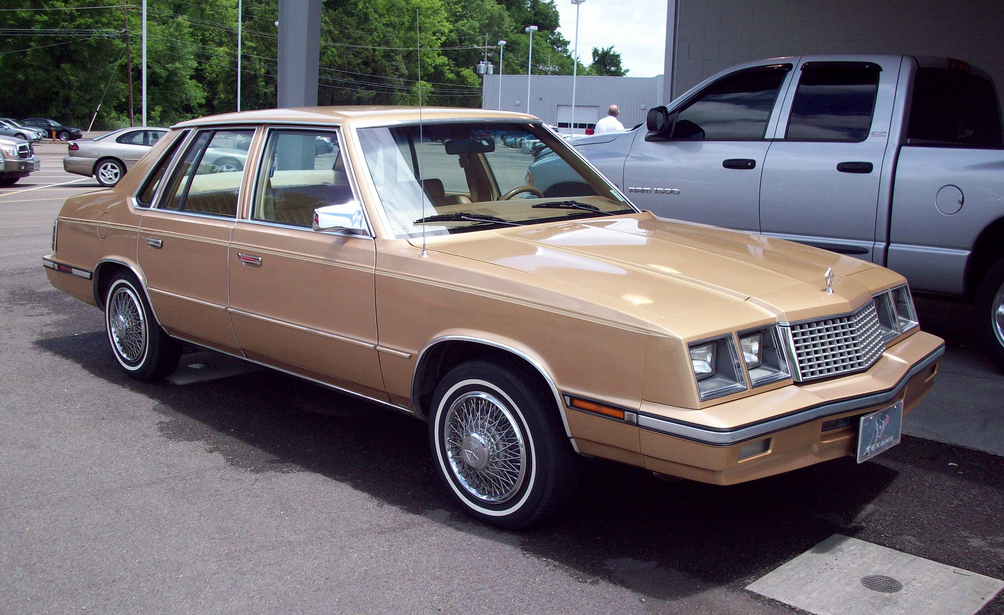
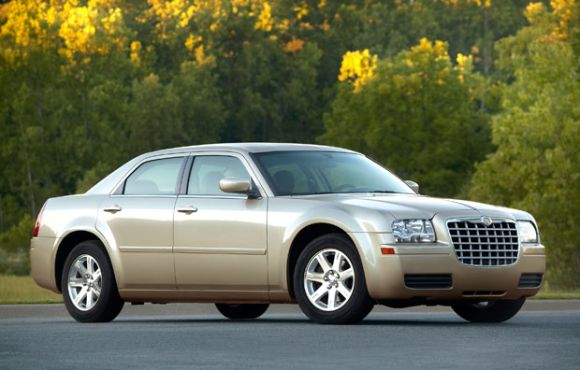
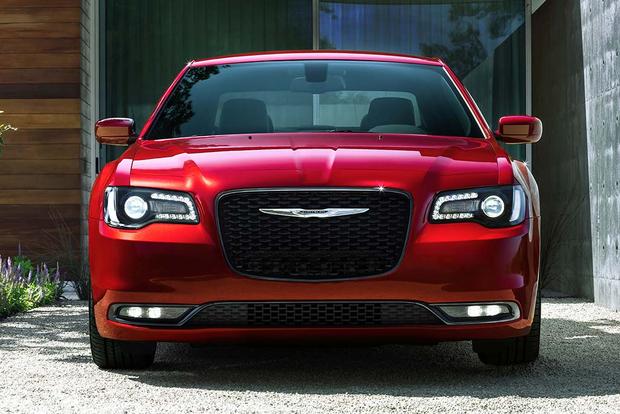
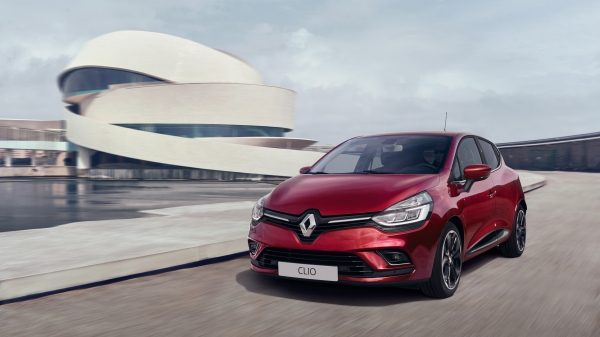
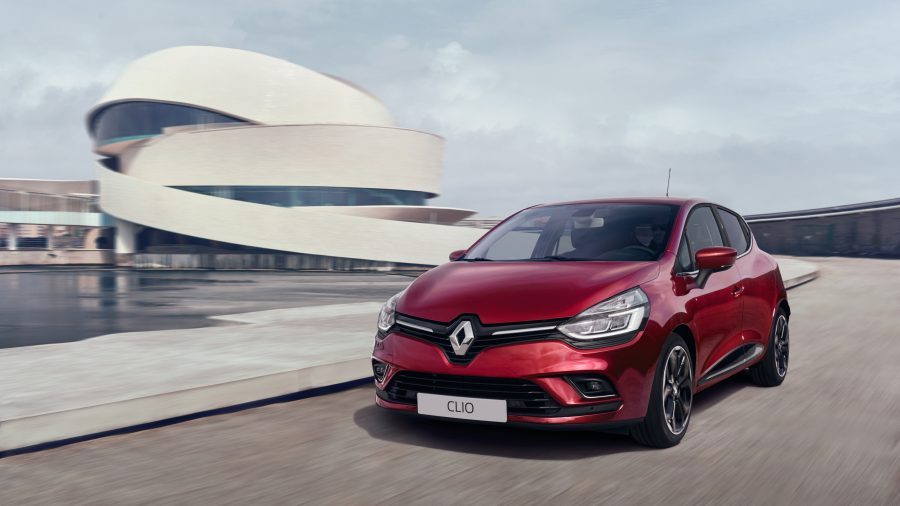

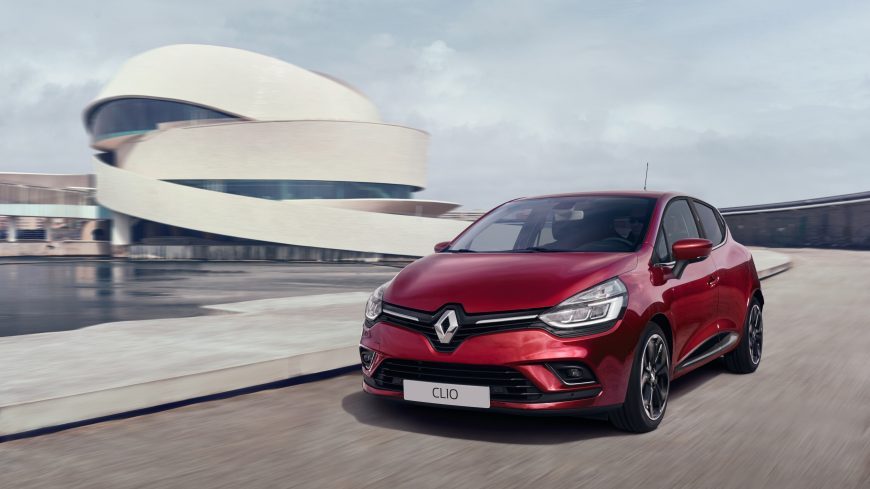

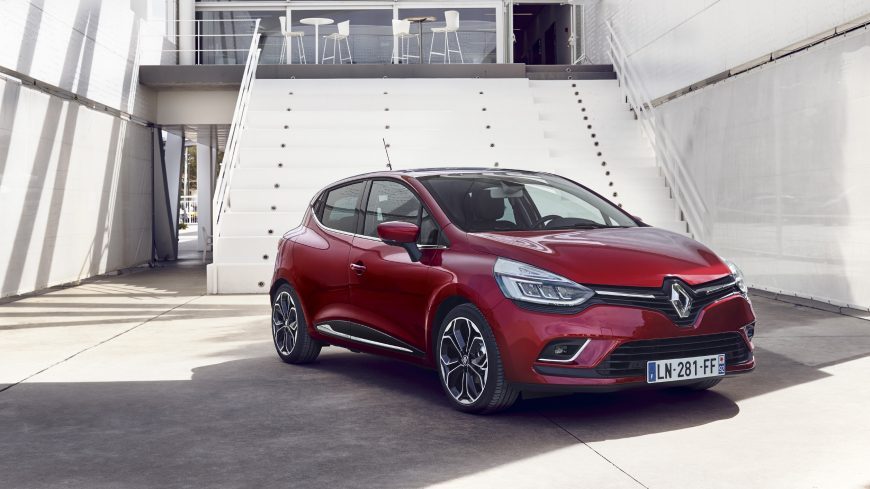

 >
>